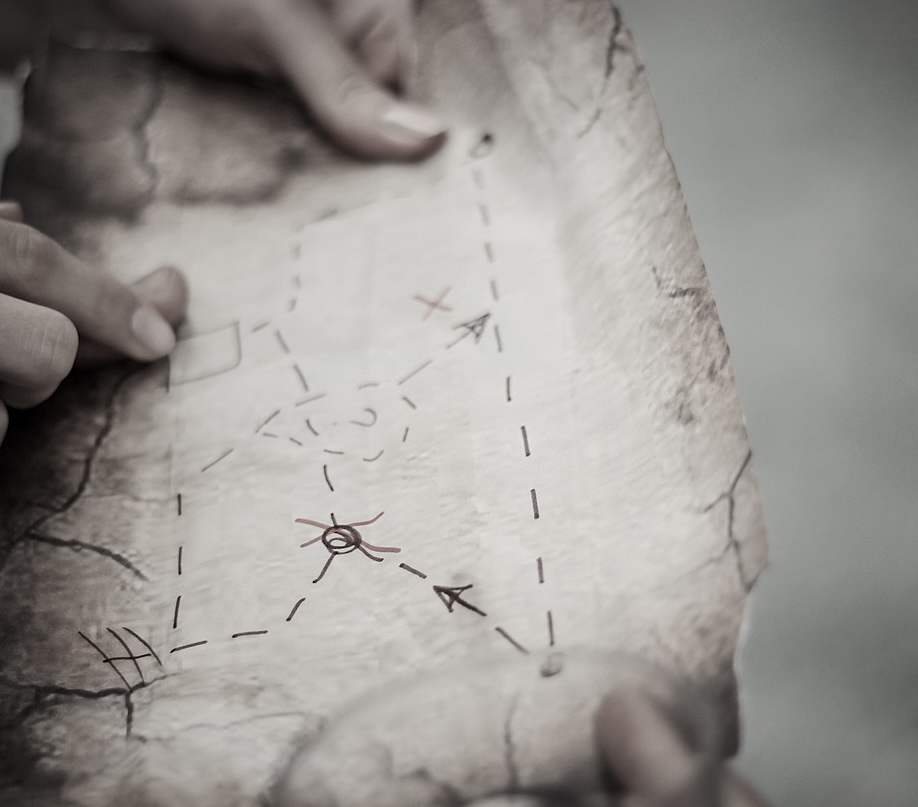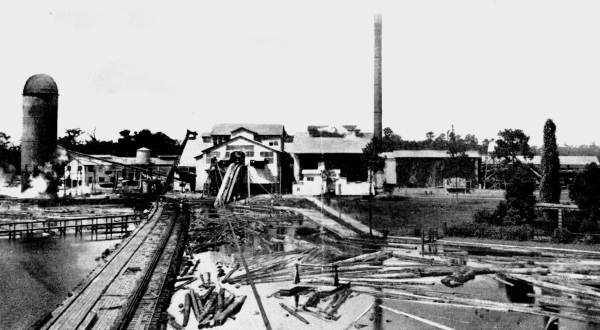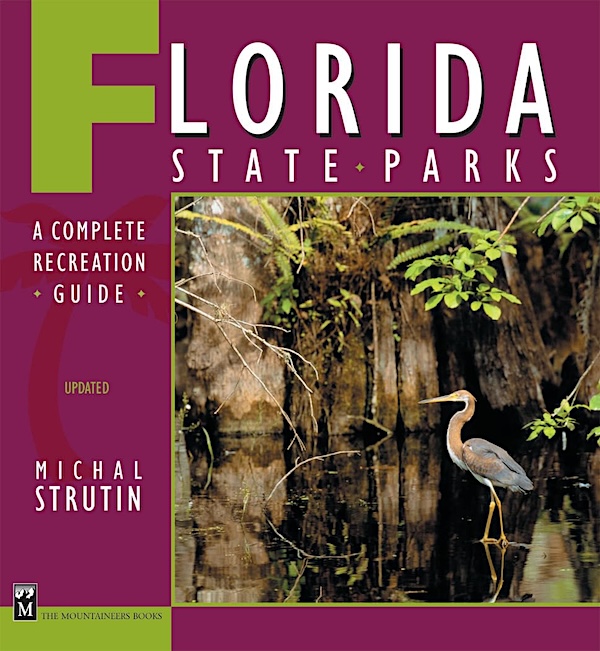
For generations, the forests, swamps, and coastlines around Perry, Florida, have been the subject of treasure tales and legends. While concrete evidence for many of these stories remains limited, they form an intriguing part of Taylor County’s cultural heritage. Here’s what we know about the supposed lost treasures of the Perry area.
Spanish Colonial Treasures
When Spanish explorers and missionaries traversed Florida in the 16th and 17th centuries, they established settlements throughout the region. Historical records confirm that Spanish missions existed in North Florida, including areas not far from present-day Perry.
The San Pedro y San Pablo de Patale mission, established in the 1600s, operated in the general vicinity before being abandoned during conflicts between Spanish colonists and native populations. Local legends suggest that missionaries buried church treasures—including gold crosses, silver chalices, and other religious artifacts—when fleeing attacks.
Archaeological evidence has confirmed Spanish presence in the region, though no significant treasure caches have been documented by professional archaeologists. The Spanish mission sites around Taylor County have yielded pottery fragments and other period artifacts, but no substantial precious metals or valuables.
Coastal Pirate Hoards
Perry’s proximity to the Gulf Coast (about 20 miles inland) has fueled stories of pirate treasures. During the late 1700s and early 1800s, pirates operated throughout the Gulf of Mexico, using the isolated inlets and hidden coves of Florida’s coastline.
The most persistent local legend involves Jean Lafitte, the famous Gulf pirate who allegedly buried plunder along Florida’s Big Bend coastline. According to some accounts, Lafitte and his crew navigated the shallow waters of the Aucilla and Econfina rivers, which flow near Perry, to hide treasures inland away from naval patrols.
Historical records do confirm Lafitte’s operations in the Gulf region, primarily around New Orleans and Galveston. However, no primary sources definitively place him in Taylor County, making these stories speculative at best.
Civil War Valuables
During the Civil War, Florida supplied significant beef and salt to Confederate forces. The Perry area, with its salt-producing operations along the coast, played a role in these supply lines.
As Union forces conducted raids into Florida, Confederate sympathizers reportedly buried coins, jewelry, and family heirlooms to prevent confiscation. One persistent story involves a wagon of Confederate payroll gold that was supposedly hidden somewhere between Perry and the Steinhatchee River when Union troops were spotted nearby.
The historical record does support that Union raids occurred in the region, including the Battle of Natural Bridge not far from Perry. However, no documented recoveries of Civil War era caches have been confirmed in the immediate Perry vicinity.
Timber Fortune Tales
Perry’s economic boom in the late 19th and early 20th centuries was built on timber. The area became home to massive lumber operations, including the Burton-Swartz Cypress Company, once one of the largest cypress mills in the United States.
Local folklore suggests that some timber barons, distrustful of banks following financial panics in the late 1800s, buried portions of their fortunes on their properties. One specific legend involves a lumber magnate who supposedly buried gold coins in iron kettles near the headwaters of Spring Warrior Creek.
While the region’s timber history is well-documented, these buried fortune stories remain anecdotal, passed down through generations without verification.
Prohibition-Era Caches
The remote swamps and forests around Perry provided ideal cover for moonshine operations during Prohibition (1920-1933). Taylor County’s isolated locations became known for illegal whiskey production, with local bootleggers using the region’s complex waterways to transport their products.
Stories persist about moonshine profits buried throughout the county’s backwoods. One specific tale involves a notorious bootlegger who allegedly buried Mason jars filled with cash near an unnamed sinkhole east of Perry, only to be arrested before retrieving his money.
Florida’s role in rum-running and moonshine during Prohibition is historically verified, with Taylor County indeed being a production area. However, no significant discoveries of bootlegger money have been officially documented.
The Reality of Treasure Hunting
Despite the allure of these stories, would-be treasure hunters should note several important facts:
- Most Perry-area lands are privately owned, and trespassing laws are enforced.
- Archaeological resources on public lands are protected by state and federal laws, making unauthorized digging illegal.
- The Florida Division of Historical Resources requires permits for archaeological work.
- Many of the natural areas where treasures are supposedly hidden now lie within the boundaries of protected lands, including state forests and wildlife management areas.
These treasure tales, while fascinating windows into local history, should be understood primarily as folklore rather than treasure maps. Their true value lies in what they tell us about the region’s rich past—from Spanish colonization to the Prohibition era—rather than in the unlikely promise of buried gold.
Perry, Florida’s treasure legends blend historical facts with generations of storytelling. While the Spanish presence, pirate activities in the Gulf, Civil War conflicts, timber operations, and moonshine history are all documented aspects of the region’s past, the specific treasure tales connected to them remain unverified.
For those interested in the authentic history behind these stories, resources at the Taylor County Historical Society offer glimpses into the actual events that inspired these enduring legends.




Leave a Reply